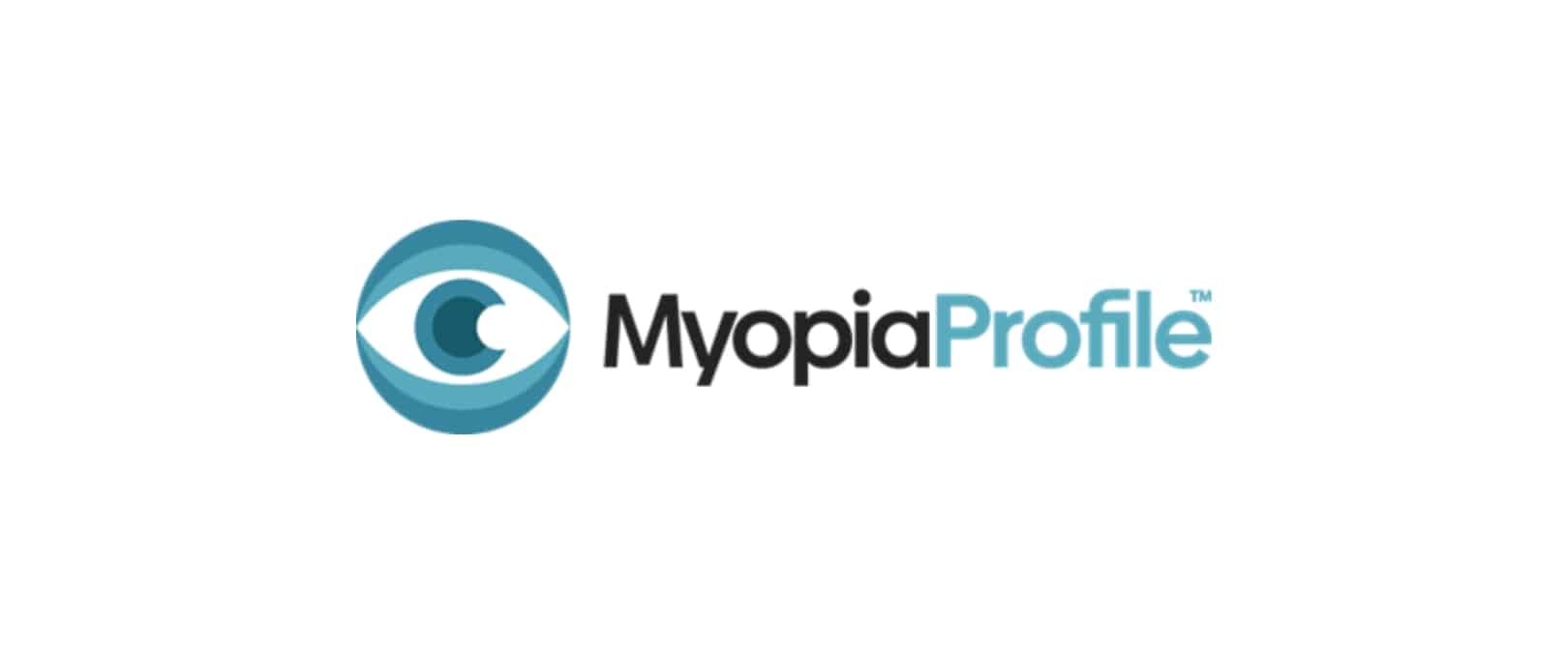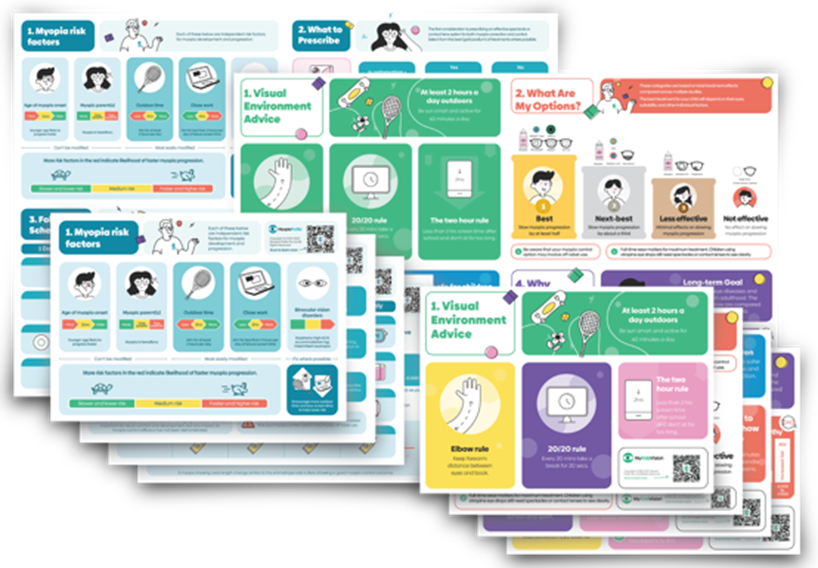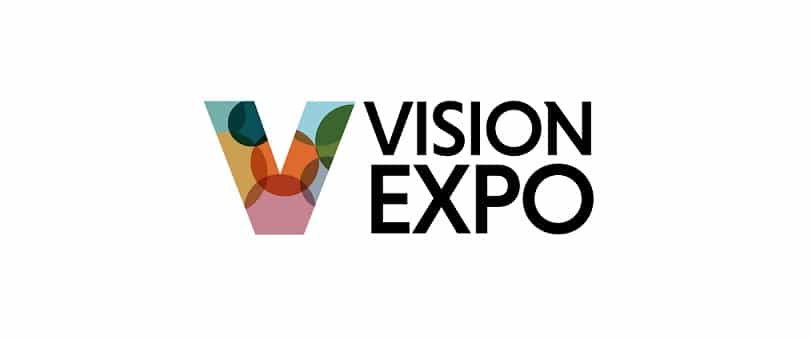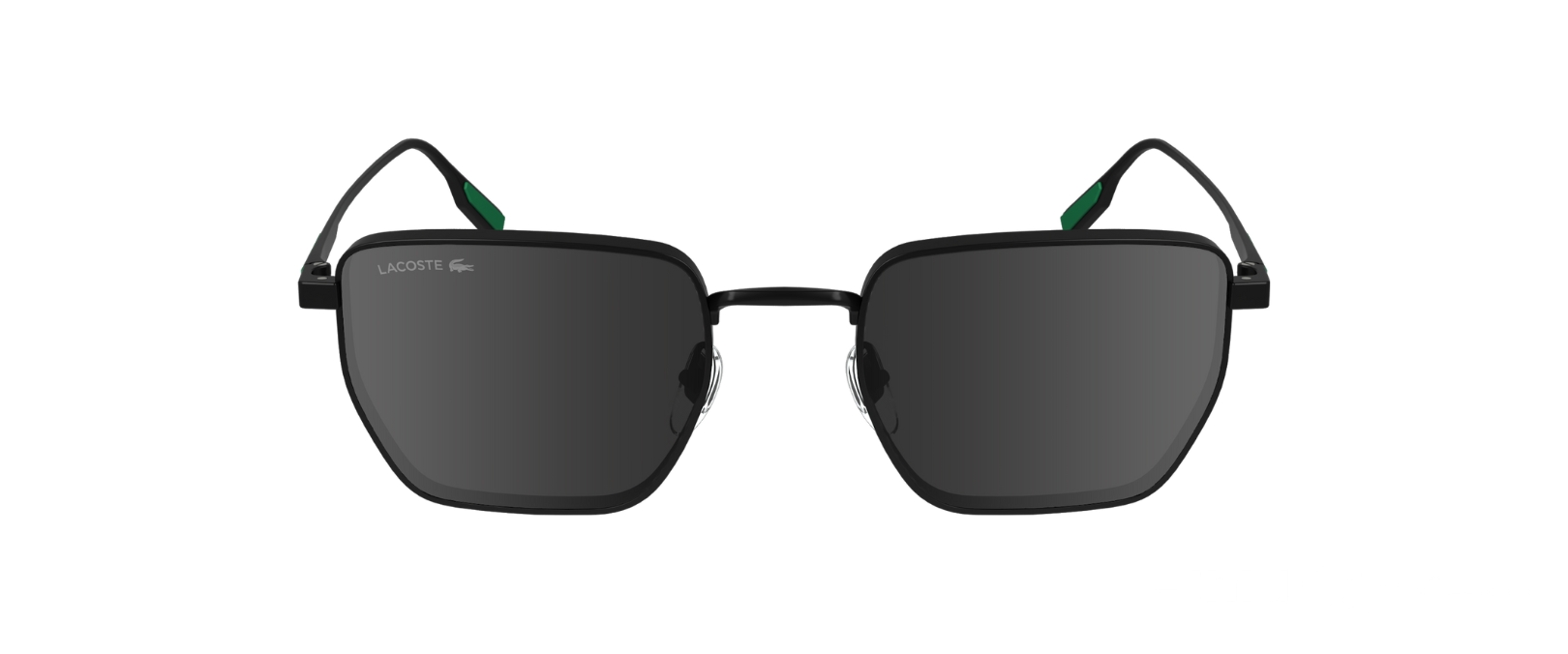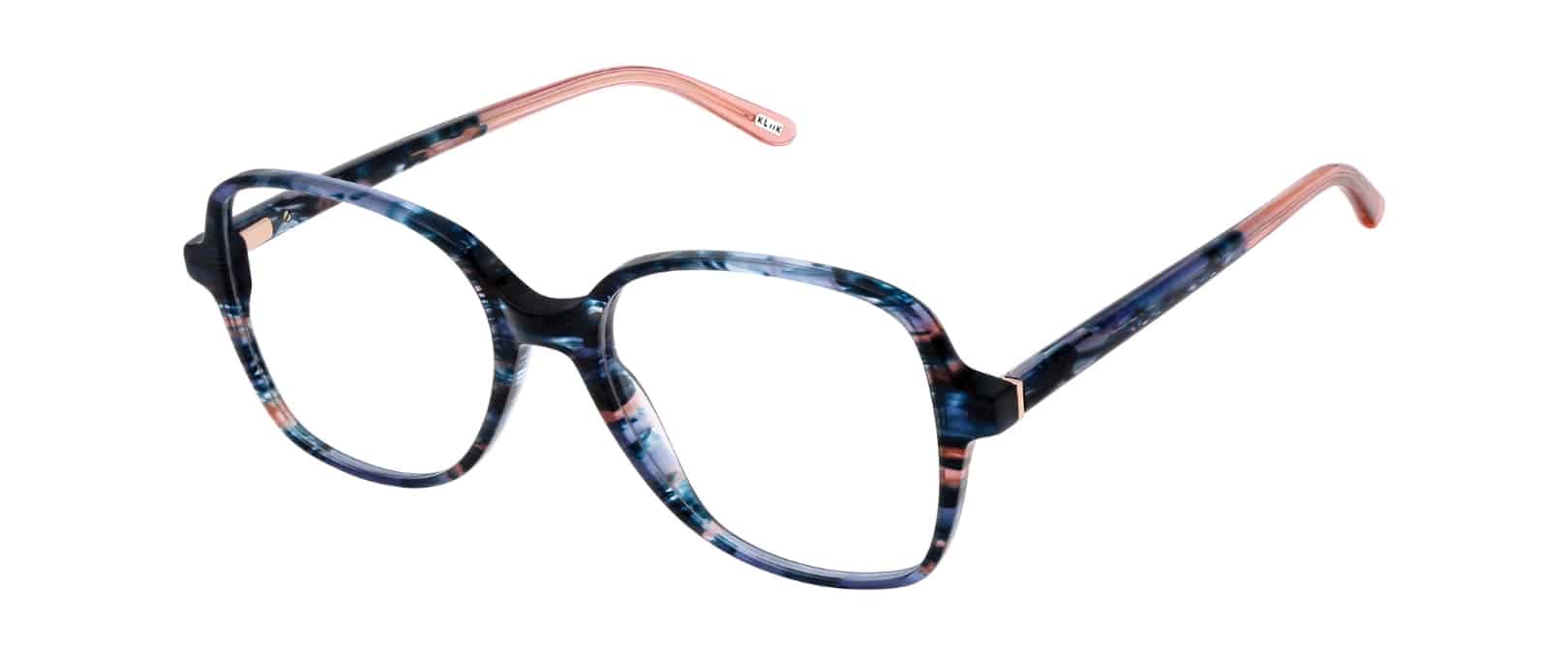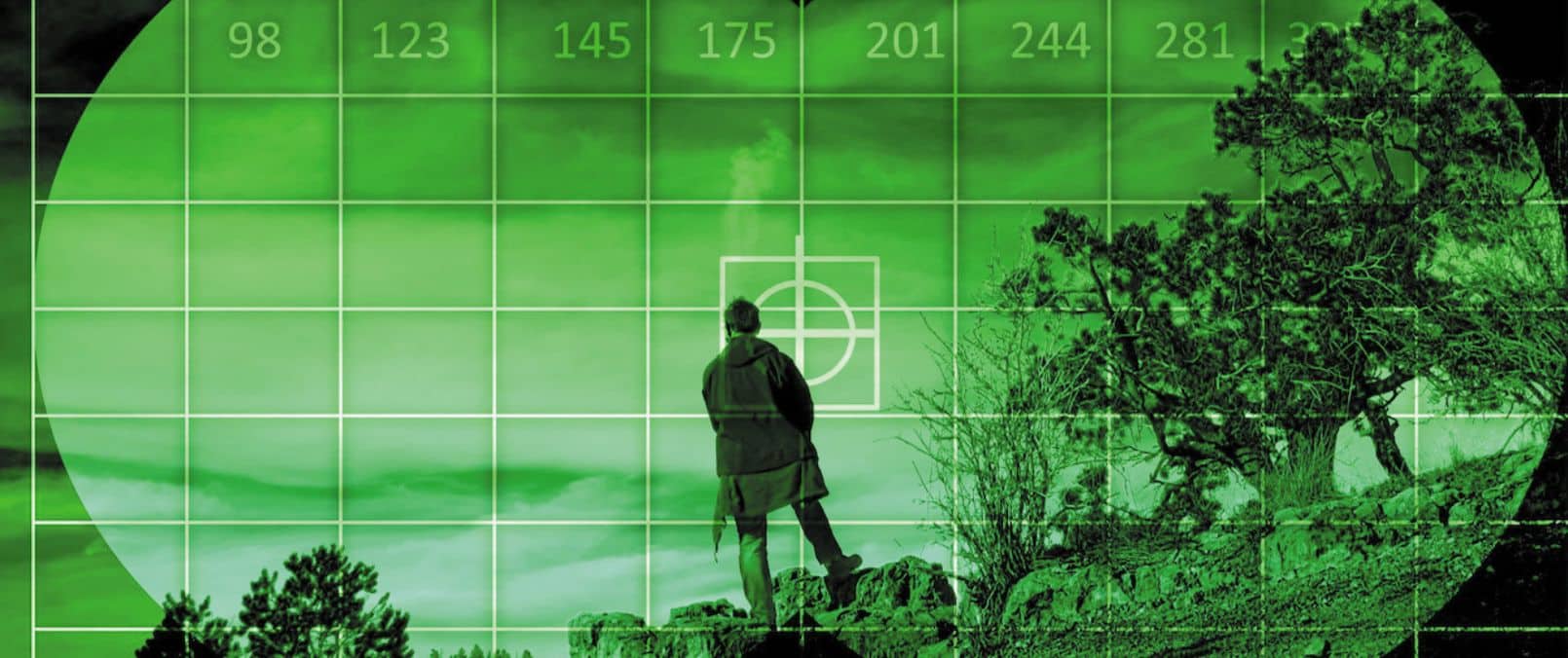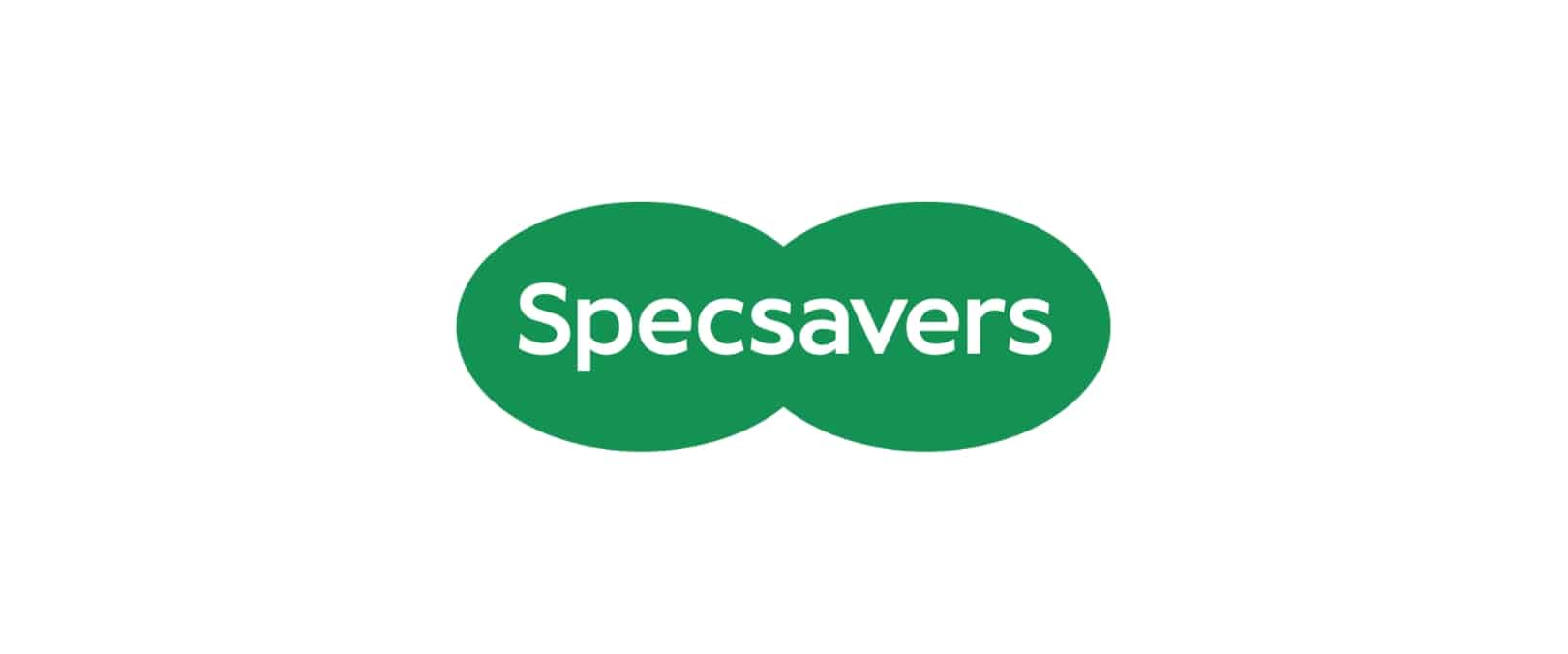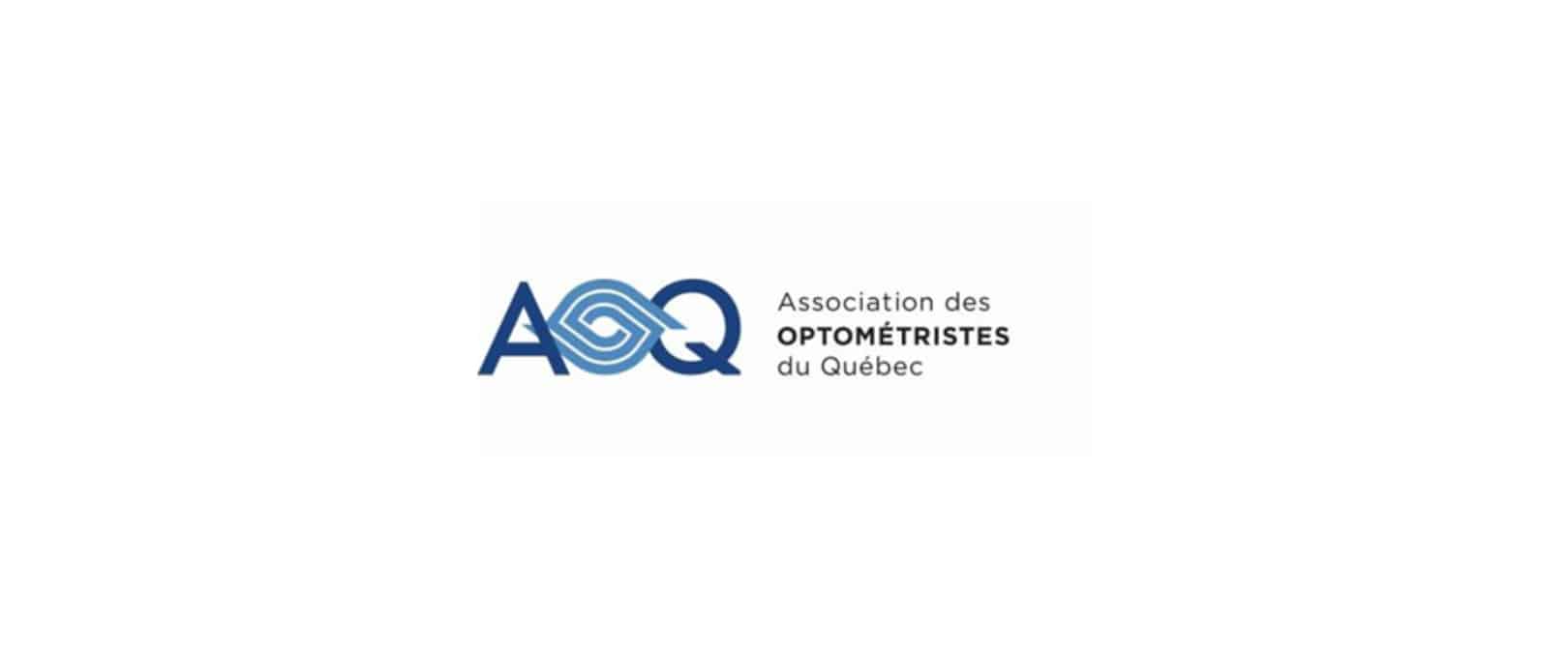By Dr. Jenny Lee, OD
Two weeks into the start of the school year, young adults returning to the lecture hall are frantically requesting appointments to the office. The tale, although presented differently, always echoes a familiar story – students, particularly those in post-secondary school, are finding their vision not quite as crisp as it used to be. Some may even present with headaches that distract them from their homework. Increased in-person schooling after years of pandemic lockdowns and a laptop for company only serve to highlight this glaring issue.
The initial answer is obvious – with the advent of online learning for all age groups, it is not surprising that adult-onset myopia is on the rise. Two or three clicks of minus in the phoropter is generally all it takes for these once-emmetropes to appreciate the 20/20 line.
However, it is important to provide not just the appropriate counselling for these patients, but also incorporate tools for these patients to reduce symptoms such as headaches, eye strain, and ocular surface irritation.
Digital Eye Strain Affects Children Too
Digital eye strain is not a new concept. A variety of ocular conditions can be attributed to increased screen time, such as dry eye syndrome and accommodative stress or spasm. For instance, excessive screen time has already been linked to severe meibomian gland atrophy in children aged 6 to 17 years old.
A quick view under the slit lamp of the corneal surface can already elucidate signs of dry eye syndrome and are worthwhile to add to the standard child eye exam. However, the strain of increased screen time and near work on binocular vision is not as glaringly obvious and can often masquerade as other elusive symptoms.
Back to School Highlights Vision Issues
For instance, consider a teenager entering university who spent their past summer playing extensively for a soccer team. They report that they suffered a concussion a few months ago, but never had any symptoms and was cleared to continue playing for the season. Now that they are a few weeks into school, they notice frequent headaches, blur at distance, and feeling unmotivated in class.
As an eye care professional, one could consider convincing this teenager that glasses are trendy and proceed to direct them to the optician. This may solve the initial concern of squinting at the lecture hall. But it is important to consider the host of binocular vision issues that are rapidly developing in this demographic, with intensive near work demands. Schooling is already mentally taxing to begin with, and dealing with additional symptoms, concussion-related or not, can make such obstacles even more insurmountable.
One does not need to be a vision therapy or rehabilitation specialist to add elements into the office to help screen and highlight the potential need for further assistance in school to help such patients improve their quality of life. Rather, identifying such students who could benefit from vision therapy or even spectacle therapy such as a low near add could help improve symptoms substantially.
Consider computer spectacles which are already being prescribed to pre-presbyopes who frequently spent hours in front of the computer in the office or at home. Don’t forget that young children are also spending equally as long, if not more time, in front of a screen.
Incorporating Binocular Vision Screening
Moreover, the inclusion of surveys or questionnaires in the waiting room can easily help pinpoint youths in need of intervention. The Convergence Insufficiency Symptom Survey (CISS) is one example of a survey that can be easily employed in the office, which may help better quantify symptoms related to binocular vision issues such as convergence insufficiency.
The Convergence Insufficiency Treatment Trial (CITT) Investigator Group previously determined that CISS scores can distinguish children with symptomatic CI, and were not affected by examiner bias. However, some literature states that screening for CI may not be indicated as visual symptoms can be common and unrelated to binocular vision issues. Therefore, it is important to rely on one’s own clinical judgement to interpret the results of such questionnaires and surveys.
The King-Devick test is another example of a screening test that can be easily employed in the office with minimal training or equipment required – one simply needs a paper, pen, and a booklet. By evaluating the speed of rapid number-naming, the test can screen for patients with a concussion who may be suffering from long-term symptoms. Those with head trauma have been found to be over five seconds slower on the King-Devick test.
As students head back into another school year, remember that this is an opportunity to identify and address binocular vision issues early before they begin to impact schooling and their quality of life.
To read Dr. Lee’s article on Optik Magazine, click HERE.



